Carnation Rhizoctonia Stem Rot – How To Manage Stem Rot On Carnations

There are few things as delightful as the sweet, spicy scent of carnations. They are relatively easy plants to grow but can develop some fungal problems. Carnations with rhizoctonia stem rot, for instance, are a common problem in heavy soils. Carnation rhizoctonia stem rot is caused by a soilborne fungus and can easily spread to uninfected plants, especially in greenhouse settings. Read on to learn the symptoms and treatment for this common disease.
What is Rhizoctonia Carnation Rot?
If you have rotting carnation plants, you may have the fungus, rhizoctonia. This stem rot on carnations can be prevented by using sterilized soil, but the fungus often reinvades. It is most prevalent in warm, moist conditions, just when your plants are blooming. It can kill the plant in severe infestations and the right conditions. Once rhizoctonia carnation rot is present, treatment may be ineffective.
The fungus responsible overwinters in soil. It attacks many ornamental and crop plants. The fungus may be transmitted by fungus gnats but also moves on wind and is transmitted on clothing and tools. Just a small bit of the mycelia or sclerotia is enough to infect healthy plants.
The disease can also come from stem cuttings of infected plants. In areas with high humidity, moist soil and warm temperatures, carnation rhizoctonia stem rot is especially damaging.
Symptoms on Carnations with Rhizoctonia Stem Rot
The first signs will be wilting, yellowing foliage which can mimic many other diseases. Rotting carnation plants may have mycelia or grayish black rot at the soil line. The fungus cuts off water and nutrients at the stem, effectively girdling the plant and killing it.
Stem rot on carnations does not affect the roots but will cause the plant to starve and die of thirst. If plants are closely planted, the fungus spreads readily among them and can also attack other types of flora.
Preventing Rhizoctonia Carnation Rot
There doesn't seem to be an effective treatment once plants have the fungus. Pull up and destroy infected plants. Inspect nursery plants carefully before bringing them home. Prevention is through sterilization of tools and containers, using sterile soil and fungal soil drenches.
Gardening tips, videos, info and more delivered right to your inbox!
Sign up for the Gardening Know How newsletter today and receive a free copy of our e-book "How to Grow Delicious Tomatoes".
If the disease has been present in beds in seasons past, solarize the soil prior to planting. You can easily do this with black plastic over the bed for several months. As long as the top few inches (8 cm.) get nice and hot, the fungus can be killed.

Bonnie Grant is a professional landscaper with a Certification in Urban Gardening. She has been gardening and writing for 15 years. A former professional chef, she has a passion for edible landscaping.
-
 Grow ‘Karl Rosenfield’ Peony Plants For The Ultimate Frilly Border Beauties And Cut Flowers
Grow ‘Karl Rosenfield’ Peony Plants For The Ultimate Frilly Border Beauties And Cut FlowersFor frilly double magenta peony petals infused with a heady fragrance, grow ‘Karl Rosenfield’ peony plants. Here’s how to cultivate the ultimate plushy blooms
By Tonya Barnett
-
 10 Common Composting Problems That Can Spoil Your Garden Gold – Plus Easy Fixes
10 Common Composting Problems That Can Spoil Your Garden Gold – Plus Easy FixesLearn how to troubleshoot common composting issues before they ruin your stash – from bad smells and bugs to materials not breaking down as they should.
By Susan Albert
-
 Reasons To Celebrate National Carnation Day
Reasons To Celebrate National Carnation DayLearn the fascinating American history of the red carnation, as Ohio celebrates National Red Carnation Day on January 29.
By Mary Ellen Ellis
-
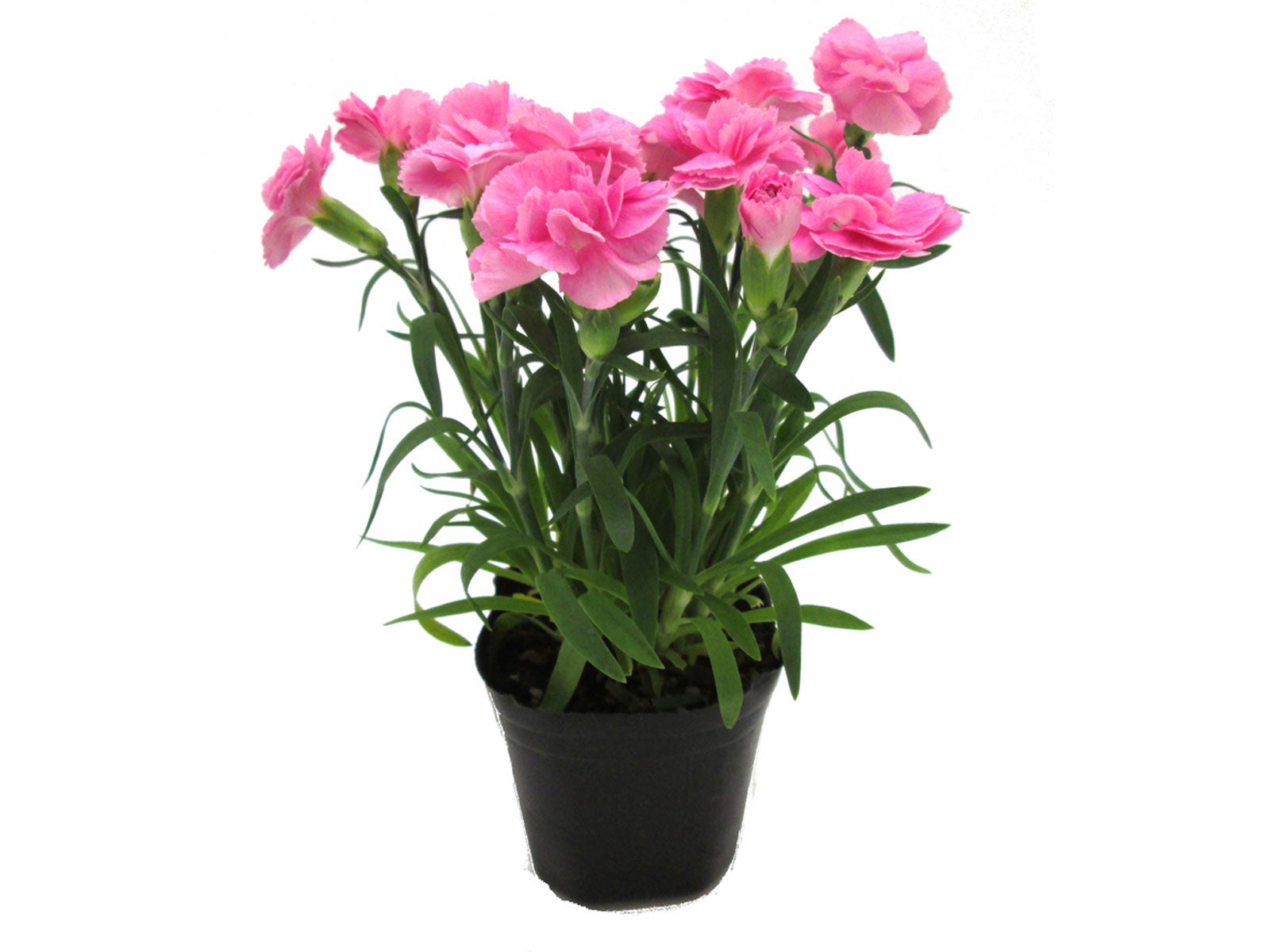 Carnations In Containers – Learn About Potted Carnation Plants
Carnations In Containers – Learn About Potted Carnation PlantsCarnations are extremely popular and make stunning cut flower arrangements. They are also an excellent choice for growth in containers. Carnations in containers can bring much needed color to small landscape plantings, as well as window boxes. Learn more here.
By Tonya Barnett
-
Septoria On Carnations – Learn About Carnation Leaf Spot Control
Carnation septoria leaf spot is a common, yet highly destructive, disease that spreads rapidly from plant to plant. However, septoria leaf spot of carnations is relatively easy to manage if caught early. To learn more about this disease, click the following article.
By Mary H. Dyer
-
Carnation Fusarium Wilt Info: How To Control Fusarium Wilt Of Carnations
Carnations have a rich and meaningful history, and are some of the oldest cultivated flowers. Despite this, they are susceptible to a number of issues, like fusarium wilt disease. The following contains info on treating carnation fusarium wilt.
By Amy Grant
-
 Clove Pink Herb Plants – Learn About Clove Pink Uses In The Garden
Clove Pink Herb Plants – Learn About Clove Pink Uses In The GardenClove pink herb plants are related to carnations and the recognizable scent of clove is borne on the blooms. These lovely little plants are charming additions to the garden. Learn how to grow clove pink herbs in this article.
By Bonnie L. Grant
-
 Companion Plants For Dianthus – Tips On What To Plant With Dianthus
Companion Plants For Dianthus – Tips On What To Plant With DianthusDianthus are low-maintenance plants prized for their ruffly blooms and sweet-spicy scent. If you're wondering what to plant with dianthus in your garden, click this article to get some helpful tips and suggestions.
By Mary H. Dyer
-
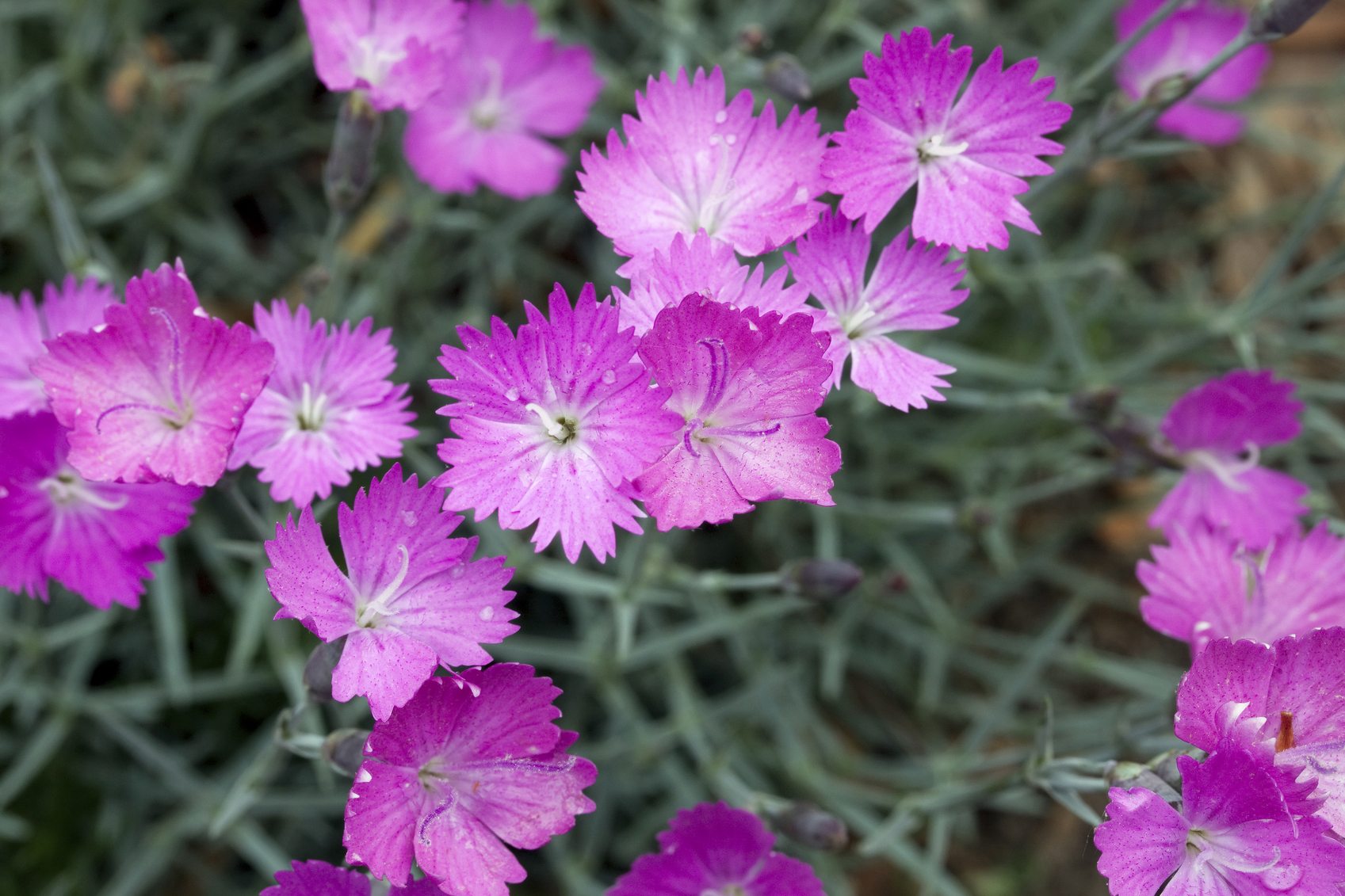 What Is Firewitch – How To Care For Firewitch Dianthus Plants
What Is Firewitch – How To Care For Firewitch Dianthus PlantsOftentimes, I am asked by customers for specific plants only by description. For example, "I'm looking for a plant I saw that's grass-like but has little pink flowers". I find it is Firewitch dianthus that has caught their eye. Learn more about it here.
By Darcy Larum
-
 Carnation Garden Plants: Tips For Growing Carnations
Carnation Garden Plants: Tips For Growing CarnationsCarnations remain the most popular cut flower, and many people want to know how to grow carnation flowers. Anyone can learn about growing carnations and enjoy the rewards by reading this article.
By Gardening Know How